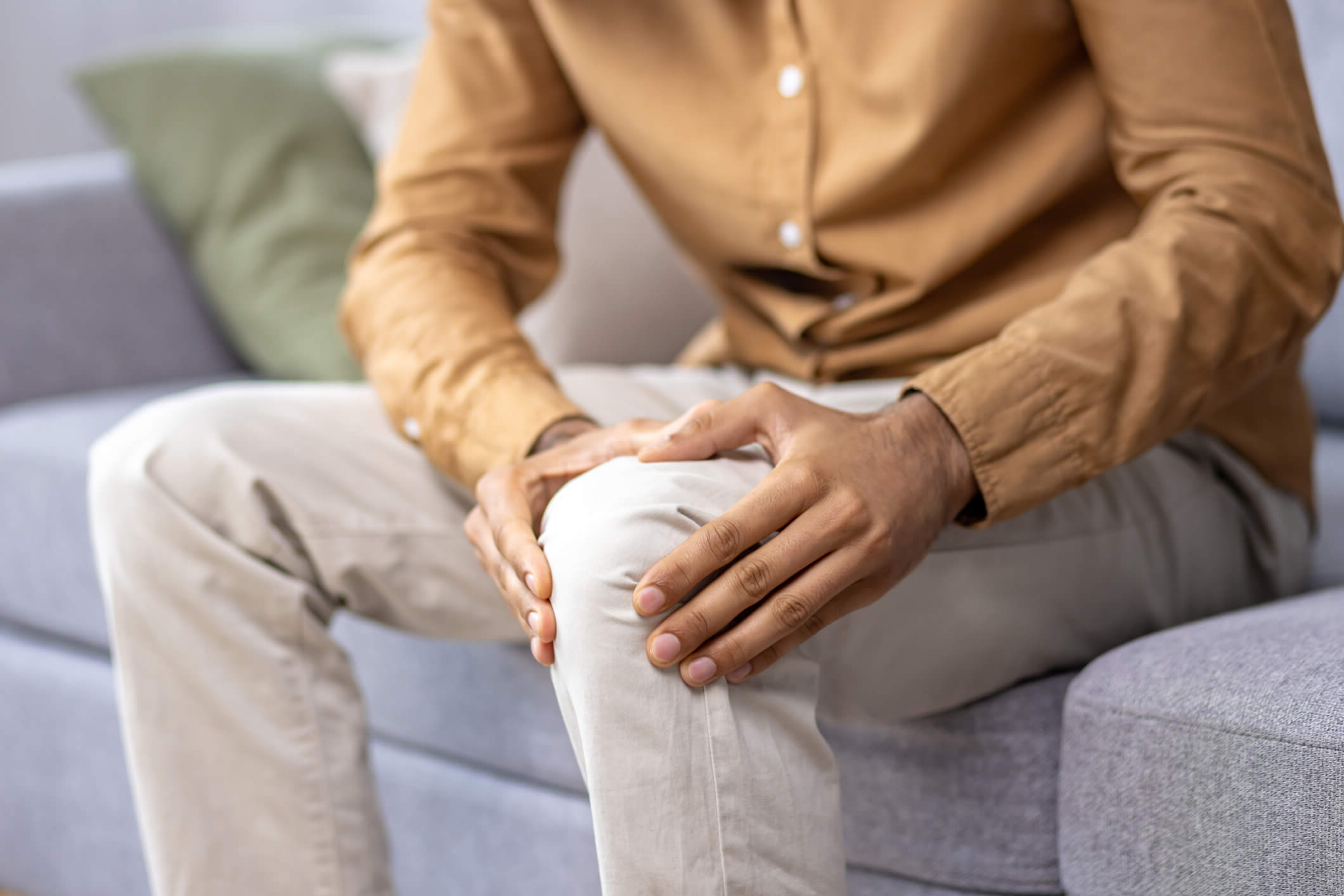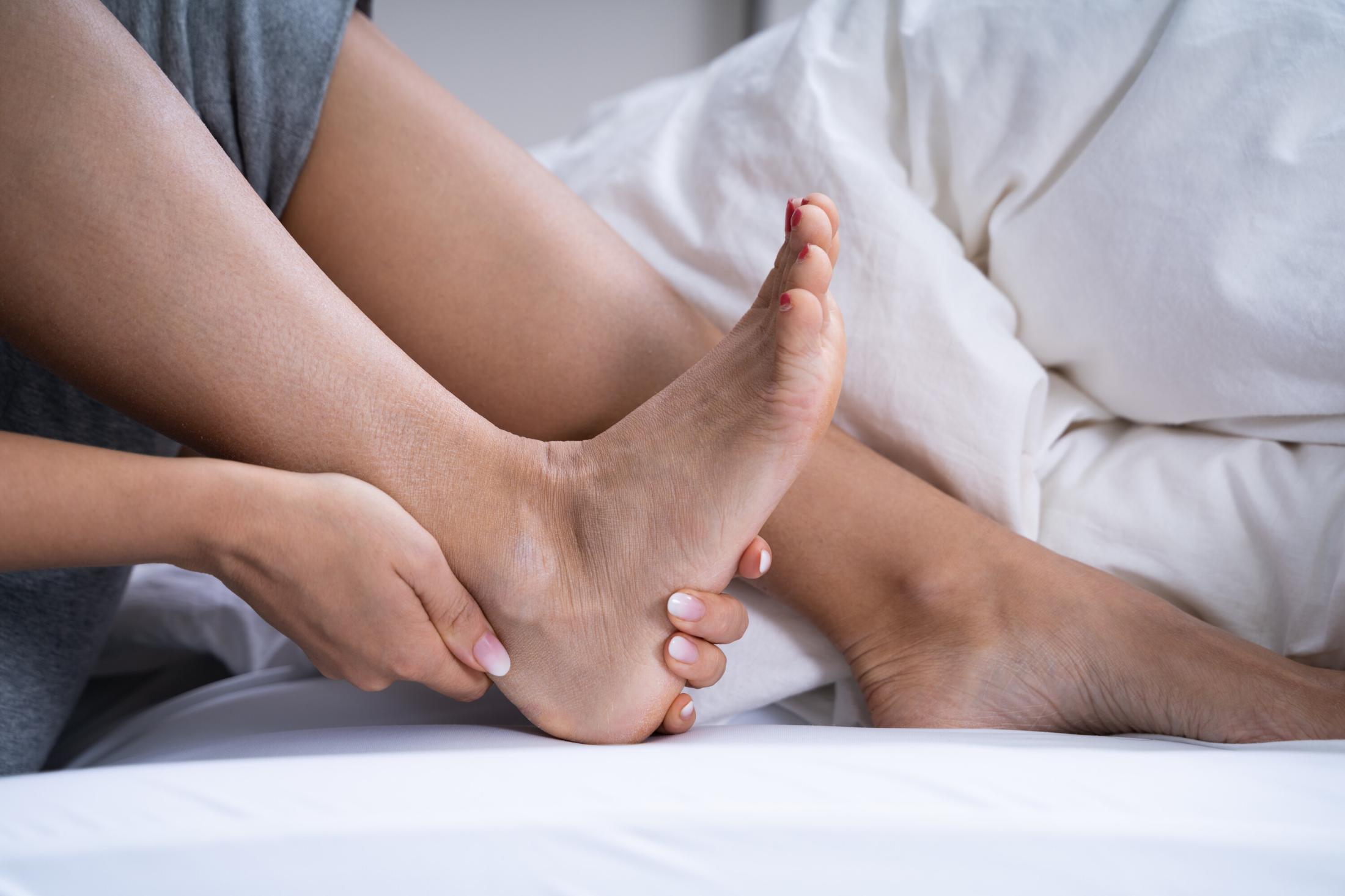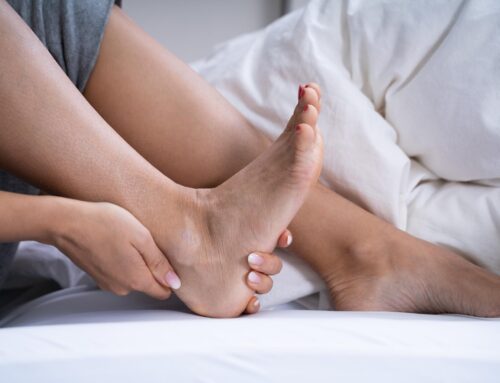Custom orthotics are a valuable investment in long-term foot health. Designed to support alignment, reduce pain, and improve overall mobility, they play a key role in managing a range of conditions, from plantar fasciitis to flat feet. Like any medical device, orthotics are not designed to last forever.
Even the highest quality materials will show signs of wear over time. Daily use, changes in activity level, and even something as simple as switching shoe styles can all impact their effectiveness. That’s why learning how to care for your orthotics properly is one of the best ways to prolong orthotic lifespan and maintain their supportive function for as long as possible.
Why Orthotics Break Down Over Time
Although custom orthotics are designed to last, they naturally wear down with regular use. Knowing what causes this gradual breakdown makes it easier to take practical steps to prolong orthotic lifespan and recognize when it may be time for a reassessment.
Natural Wear from Daily Use
Daily pressure from walking, standing, or running places constant stress on orthotics. Each step contributes to micro-level compression and material fatigue.
Over time, this repeated impact can cause components to flatten, lose shape, or shift slightly within the shoe. The cushioning may no longer absorb shock effectively, and the arch or heel support can begin to degrade, resulting in reduced comfort and less precise alignment.
Orthotics used daily, especially for physically demanding jobs or high-impact activities, may wear out faster than those used occasionally.
Changes in Body Weight, Gait, or Activity Level
Orthotics are custom-fitted to your biomechanics at the time they’re made. Even moderate changes in body weight can alter how pressure is distributed across the foot.
Similarly, injuries, surgeries, or changes in posture or stride can impact how your feet interact with the orthotics. Starting a new fitness routine or returning to sports after time off can also shift the demands placed on your orthotics.
When these changes occur, your existing orthotics may no longer align properly with your foot mechanics, which can lead to discomfort or reduced effectiveness, even if the device itself is still structurally sound.
Shoe Compatibility
Orthotics require a stable, supportive base to work as intended. Placing them in unsupportive or poorly fitting shoes, such as narrow dress shoes, overly flexible sneakers, or shoes with worn-down soles, can lead to accelerated wear.
Improper fit can cause the orthotics to slide around, bend, or develop pressure points, leading to uneven wear or loss of structure.
For best results, choose footwear designed to accommodate orthotics, with a removable insole, firm heel counter, and sufficient depth and width.
Material Limitations
Custom orthotics are typically made from a combination of materials, including EVA foam, thermoplastics, carbon fiber, or leather. Each of these materials has different strengths and weaknesses, and all are subject to gradual breakdown over time.
Foam layers can compress or become brittle, plastics may crack under stress, and adhesives can weaken, especially when exposed to excess heat, humidity, or direct sunlight. Even with good care, the lifespan of most orthotics ranges from one to five years, depending on use and material type.
Periodic reassessment helps ensure the materials are still functioning as intended.
Daily Habits That Help Prolong Orthotic Lifespan
Small daily choices can make a big difference in how long your orthotics continue to function effectively. By adopting a few simple habits, you can protect the structure and materials of your orthotics while ensuring they continue to support your foot health as intended.
Rotate Your Footwear
Wearing the same pair of shoes every day puts consistent pressure on the same areas of your orthotics, which can accelerate wear in specific spots.
By rotating between two or more pairs of well-fitting shoes, you give both your footwear and orthotics a chance to rest and recover between uses. This helps reduce uneven stress and extends their overall lifespan.
Use Supportive Shoes with Proper Fit
Orthotics are only as effective as the shoes they’re placed in. Loose, worn-out, or unsupportive footwear can cause orthotics to shift, flatten prematurely, or fail to provide adequate alignment.
Choose shoes that securely hold the orthotic in place and offer appropriate arch and heel support. A proper fit helps the orthotic work as intended and protects it from unnecessary strain.
Store Orthotics in a Cool, Dry Place
When not in use, keep your orthotics away from extreme heat and humidity. Leaving them in hot vehicles, damp basements, or other uncontrolled environments can lead to warping or material breakdown.
Store them in a clean, dry area, ideally inside your shoes or in a breathable container.
Avoid Excess Moisture and Sweat Buildup
Moisture can accelerate material wear and lead to unpleasant odours. After wearing your orthotics, allow them to air out overnight. Wearing moisture-wicking socks can help reduce sweat accumulation, and those with high perspiration may benefit from using a foot powder to keep things dry.
Keeping orthotics clean and dry helps preserve their shape and function over time.
Keep an Eye on Your Gait and Body Changes
Changes in your body, such as pregnancy, weight gain or loss, or recovery from an injury, can alter how pressure is distributed across your feet. These changes may affect how well your orthotics fit or function.
It’s a good idea to have your gait and alignment reassessed periodically, especially if you notice discomfort or reduced effectiveness from your orthotics. Don’t assume they’ll continue to work the same if your body has changed.
Cleaning Tips to Extend Lifespan
Keeping your orthotics clean is an important part of routine care that not only helps maintain hygiene but also supports long-term performance. Even though custom orthotics are designed for durability, regular maintenance is necessary to prevent material breakdown, reduce odour buildup, and ensure they continue providing proper support.
A few simple cleaning habits can go a long way in helping your orthotics last longer and stay comfortable with daily use.
Gently Wipe with a Damp Cloth
Use a soft, damp cloth to gently wipe down the surface of your orthotics. This removes sweat, dirt, and debris without damaging the materials. For deeper cleaning, a mild soap solution can be used sparingly, just make sure the cloth is only slightly damp and not saturated.
Avoid Soaking or Machine Washing
Orthotics should never be soaked in water or placed in a washing machine. Excess moisture can weaken adhesives, cause foam or fabric components to break down, and permanently alter the shape or structure of the device.
Don’t Use Harsh Soaps or Bleach
Cleaning products that contain strong chemicals, alcohol, or bleach can degrade the materials used in your orthotics. Stick to mild, non-abrasive cleaners and avoid scrubbing aggressively. Harsh products may cause cracking, peeling, or a breakdown of supportive features.
Winter Care Tips for Your Orthotics
Cold weather can be tough on your orthotics. Between snow, moisture, and salt, winter conditions can wear down materials faster and reduce support if you’re not careful. A few small habits can go a long way in keeping your orthotics comfortable, clean, and effective all season long.
Keep Them Dry
Moisture is one of the biggest threats to your orthotics. Snow and slush can soak through shoes, damaging the materials and adhesives that hold your inserts together.
Remove your insoles or orthotics overnight to let them air out completely. Stuffing shoes with newspaper or using a gentle shoe dryer can help absorb extra moisture. Avoid placing orthotics near direct heat (like a radiator), as it can warp their shape.
Use a Protective Barrier
Salt and de-icing agents can stain and degrade orthotic covers over time. Spraying your footwear with a water and salt resistant treatment helps create a protective barrier against winter conditions.
Choose sprays that are safe for leather or synthetic materials, and reapply regularly, especially after cleaning your shoes.
Rotate Your Pairs
If you have more than one set of orthotics or insoles, alternate them. Constant exposure to moisture and pressure shortens their lifespan.
Giving each pair a day to rest and dry out helps them keep their shape longer and maintains consistent support.
Check the Materials Regularly
Winter wear and heavy footwear can compress foam or cause cracking in orthotic shells. If you notice your inserts feeling flatter, less supportive, or uneven, it might be time for a quick adjustment or replacement.
Most custom orthotics last 2–5 years, but seasonal factors can shorten that timeframe. Regular check-ins with your provider help ensure they still support your gait properly.
Wear Moisture-Wicking Socks
Thick cotton socks may feel warm, but they trap moisture, creating the perfect environment for odor and material breakdown.
Switch to moisture-wicking or thermal wool-blend socks, which draw sweat away and keep your feet drier throughout the day.
Schedule a Winter Check-Up
Winter is a great time to bring your orthotics in for a quick tune-up. A professional cleaning, adjustment, or re-covering can extend their lifespan and improve comfort, especially if you’re using them daily in boots or heavy footwear.
If it’s been over a year since your last assessment, consider booking an appointment. Many insurance plans renew on January 1st, so you can often use your benefits for a new pair or refurbishment before they expire. Learn how to make the most of your orthotics insurance coverage.
When to Recheck or Adjust Your Orthotics
Even with proper care, orthotics don’t last indefinitely. Over time, changes in your body, activity level, or the orthotics themselves can affect how well they function. Routine reassessments are an important part of maintaining proper support and alignment.
If your orthotics no longer feel as comfortable or effective as they once did, it may be time to have them re-evaluated. Early adjustments can prevent more serious issues from developing and help you avoid discomfort or injury.
Signs Your Orthotics May Need a Checkup
Pay attention to the following signs, which could indicate your orthotics are no longer providing the right level of support:
- New or returning pain in feet, knees, or lower back
Discomfort that gradually comes back, even if mild, can be a clue that the orthotics aren’t aligning your body as intended. - Uneven shoe wear
Look at the soles of your shoes. If one side is wearing down faster than the other, it may indicate poor pressure distribution. - Feeling off-balance
Subtle shifts in posture or balance can result from uneven support. You might notice this while walking on hard surfaces or during longer periods of standing. - Orthotics slipping or shifting inside shoes
If your orthotics no longer stay in place or feel loose in your shoes, they may be losing structure or no longer match your foot shape properly.
If you notice any of these issues, a quick reassessment can determine whether a simple adjustment is needed or if it’s time to consider a replacement. Regular check-ins every 12 to 24 months can also help catch these issues early, before they affect your mobility or comfort.
Get the Most from Your Orthotics
Orthotics are more than just inserts, they’re a long-term investment in your comfort, mobility, and overall health. While they’re built to be durable, how you care for them day to day can make a significant difference in how long they stay effective.
By following a few simple habits, rotating footwear, keeping them clean and dry, and using them in supportive shoes, you can extend their usable life and avoid the cost and inconvenience of early replacement.
Even with good care, it’s a good idea to schedule a professional checkup every 12 to 24 months, or sooner if you notice changes in comfort, posture, or foot pain. A quick assessment can help ensure your orthotics are still doing their job, or identify when it’s time for an adjustment.
If you’re unsure whether your current orthotics are still right for you, A foot assessment can help you figure that out. We’ll walk through your concerns, check how your feet are functioning, and let you know what might help.
Share This Story, Choose Your Platform!
Table of Contents
We specialize in orthotics, body braces, and compression wear tailored to your unique needs in Toronto. Reach out to us at info@caremed.care or call 416-782-5353 to book your fitting and consultation.
Experience the difference of customized solutions designed just for you.











